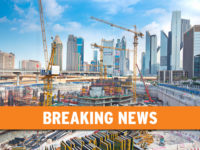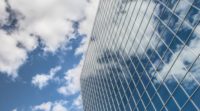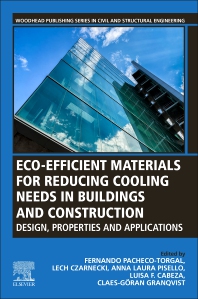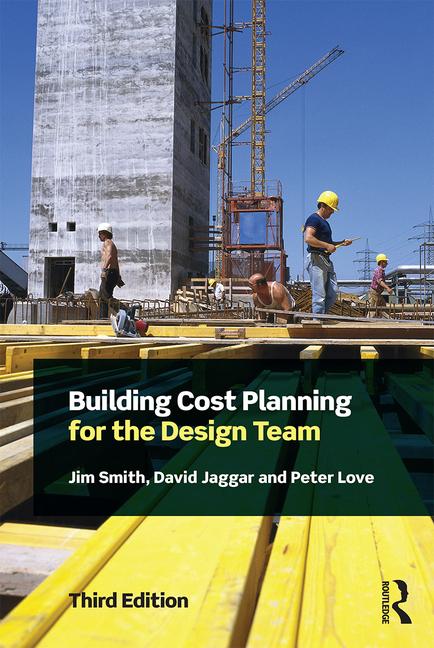Details Are in the Corners for Michigan Architects’ New Office

Photo courtesy of jmaconochie.com.
“God is in the details,” is a phrase often attributed to the great modernist architect Ludwig Mies van der Rohe, and it certainly seems to apply to a recently transformed derelict printing plant into a Grand Rapids, Mich.-based architecture firm’s new headquarters. Of particular note is the care installers of the building’s exterior metal cladding took in creating the structure’s bespoke corners. Of course, when the client is also the designer, close attention to such finishing touches is an expected part of the job.
Integrated Architecture previously had been located on the outskirts of Grand Rapids, but found a need for a more central location, said Randy Pease, AIA, director of design and a principal with the firm. “While our previous location was a unique piece of architecture and served us well for many years, we found ourselves needing a more efficient and flexible workplace closer to the clients and community we serve.”
The firm found that new workplace in a 97-year-old former printing plant that had sat empty for a decade. Design work began by targeting elements of the structure they knew they wanted to retain, Pease said. “The building had evolved with a collection of additions and renovations – the goal was to preserve many of its architectural elements, including large window openings, some of which had been infilled.”
The building also needed a more distinctive entry to give it a presence on the street – and the designers opted for a metal wall system for both its visual appeal and the possibility its attachment system offered for increased insulation. “The ribbed metal-panel system over a deep furring system created an efficient, insulated wrapper for the existing masonry building,” Pease said. “The ribbed metal wall panels were used to create texture and shadow for the façade while subtly reinforcing the horizontality of the building.”
Working with installers Action Roofing & Sheet Metal from Grand Haven, Mich., the designers opted for corrugated PAC-CLAD HWP wall panels from Petersen. For Action Roofing’s team, the job posed some challenges, starting with those corners.
“There was a lot of learning there, because the corners were epoxy-welded,” says company owner Dave Metcalf, noting that those elements started out as flat pieces that had to be fabricated in the company’s shop. “The real trick was to get the corners to look good at eye level.”
The job’s schedule and Michigan’s often bitter winter conditions also had Metcalf’s professionals working overtime on the project. “We were there Christmas Eve working,“ during nonstop winds and cold temperatures, he said. “It’s hard to work with metal – it just sucks the heat straight out of you.”
But at least Metcalf knew he could have confidence in the panels his crew had installed. “We install a lot of Petersen products,” he said. “PAC-CLAD is a great product – they’ve set up a great distribution network and they’re known as a premium brand. They make it easy – that’s how I want it.”
Both designers and installers are enthusiastic about the finished job. “It’s a great example for our clients of adaptive reuse of a building to create a simple, modern workplace,” Pease said.
And Metcalf is just as proud of the work his team completed. “When you walk the job and everyone says it’s awesome – you just say, ‘wow, that’s just beautiful,” he said. “And those corners – I just haven’t seen anything like them. They just popped.”
Looking for a reprint of this article?
From high-res PDFs to custom plaques, order your copy today!






